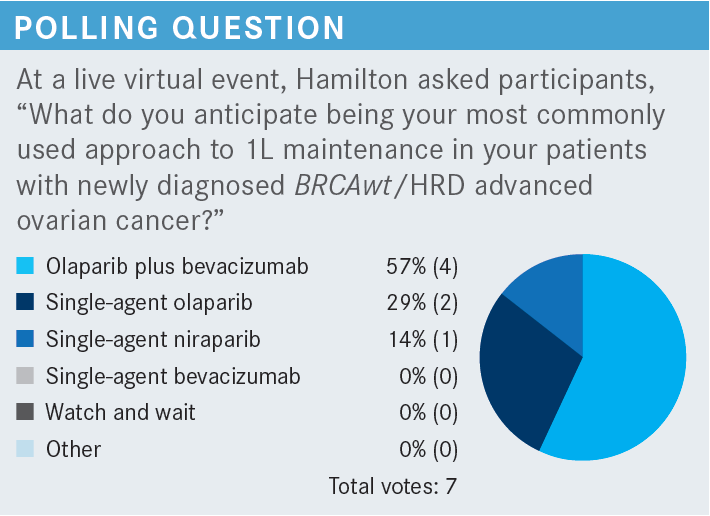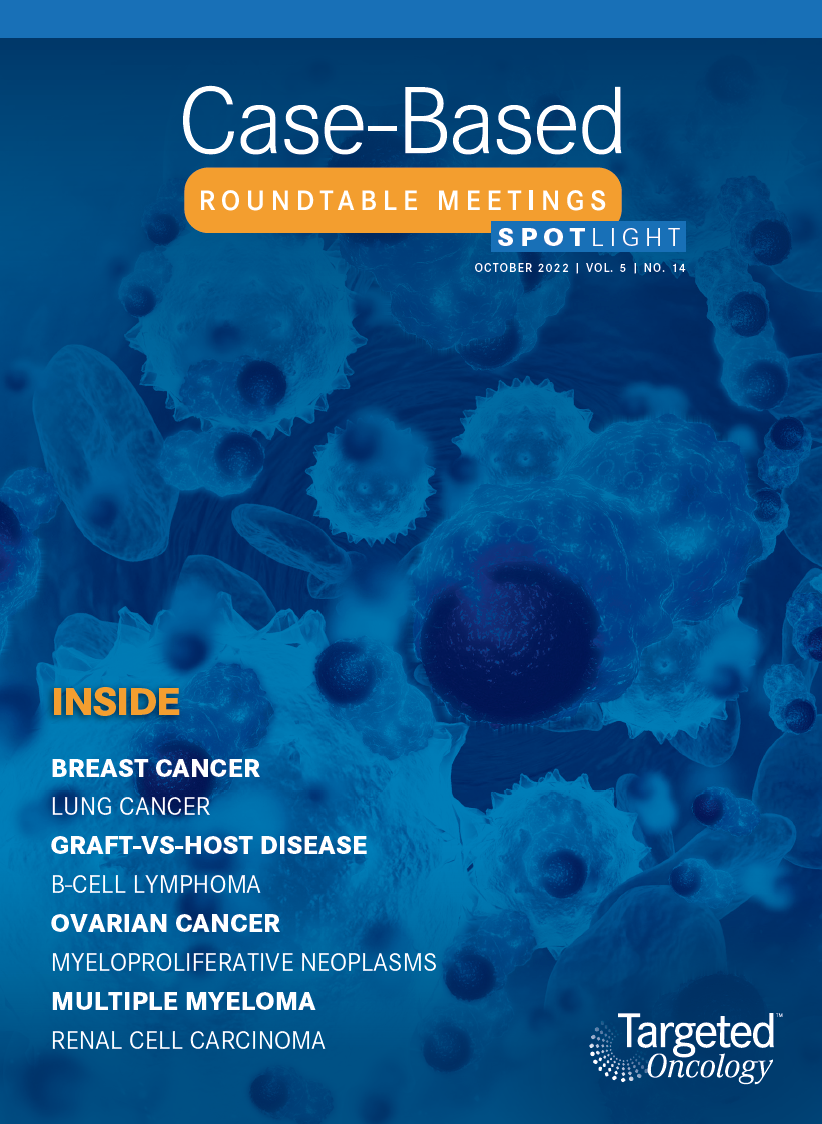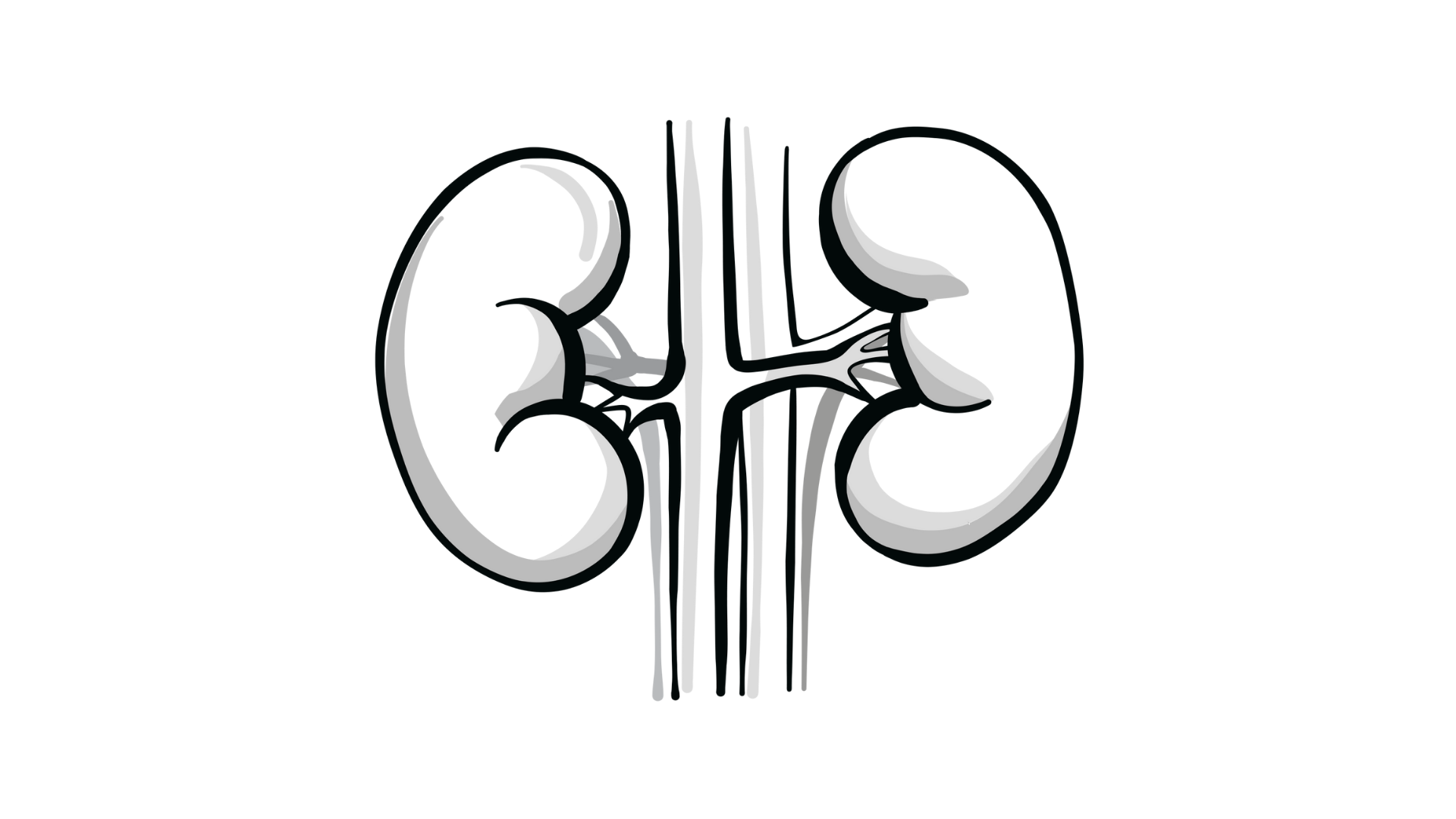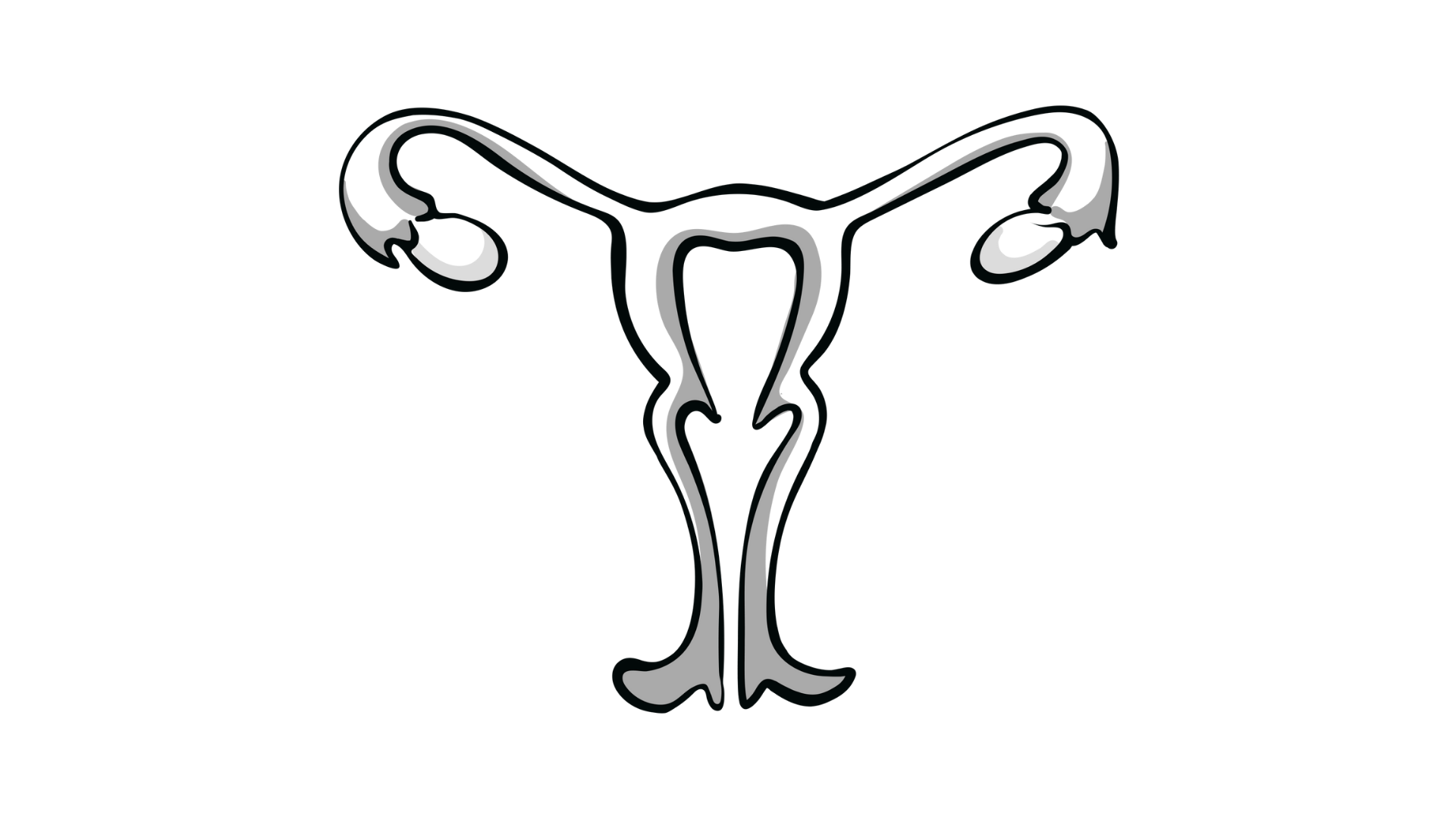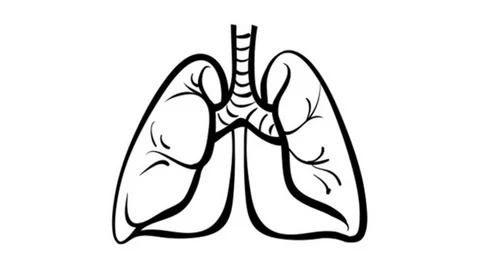EVENT SUMMARY
At a live virtual event, Chad Hamilton, MD, broke down the data that shows how the use of PARP inhibition as a first-line maintenance therapy for patients with advanced ovarian cancer is impacting patients. In a discussion of the relevant case data, Hamilton breaks down the highlights of this event and how niraparib (Zejula) fits into the treatment paradigm for this patient population.
Targeted OncologyTM: Which trial first indicated the benefit of PARP inhibitors in the treatment of ovarian cancer?
HAMILTON: The SOLO-1 trial [NCT01844986] got everyone’s attention about the potential benefit of PARP inhibitors. This trial [had a profound effect on] gynecologic oncologists because we had never before seen [such dramatic differences in survival rates as were observed] in the SOLO-1 trial.1 The results of the SOLO-1 trial formed the basis of the FDA’s approval of olaparib [Lynparza] in December 2018.2
SOLO-1 was a randomized, controlled phase 3 trial, using olaparib maintenance after first-line chemotherapy. All patients [in the study] had BRCA1 or BRCA2 mutations and most patients had a germline mutation, while 2 patients had somatic mutations. All patients had had prior platinum-based chemotherapy and were randomly assigned 2:1 to receive either olaparib at 300 mg twice daily or placebo, respectively. The primary end point was investigator-assessed progression-free survival [PFS].1
There were also several secondary end points, which are consistent across multiple PARP inhibitor trials. [One such end point was] a second PFS, after the patient had [been treated with] another agent. [In my experience, this would be recurrence during treatment] with doxorubicin [Doxil], while another secondary end point was overall survival [OS]. We’re still waiting on those data. Other secondary end points were time to first subsequent therapy or death, [time to second subsequent therapy or death], and health-related quality of life, which I hope that we’re incorporating into all our studies these days.1
The important thing about the SOLO-1 trial is that all the patients had BRCA1/2 mutations, and most were germline mutations, though the somatic mutations did seem to behave [like the germline mutations]. These patients, [in general, had a good prognosis] and most patients [82%] had no evidence of disease at the end of their surgery and primary therapy. Additionally, 80% of patients had an ECOG score of 0, and 95% of patients had a cancer antigen 125 [CA-125] score that was within normal limits when they began PARP inhibitor maintenance therapy. Also, most of the patients [80% to 85%] had stage III rather than stage IV disease, and 65% of patients underwent primary debulking surgery. I think that patients who get primary debulking surgery generally have a better prognosis than do patients who get neoadjuvant chemotherapy with interval cytoreductive surgery.
What were the most notable results of the SOLO-1 trial of olaparib?
The dramatic difference [in between-group survival] got our attention. In the primary analysis, there was a 34% difference in PFS [HR, 0.30; 95% CI, 0.23-0.41; P < .001], and at 2 years the percentage of patients who were disease-free was 74% in the experimental group and 35% in the placebo group. [That survival difference persisted through] the data cap for the primary analysis, at which time median PFS had not been reached for the olaparib group. We’ve since had an interim analysis and in the updated report, the median PFS was 56 months for the olaparib population vs 13.8 months in the placebo group [HR, 0.33; 95% CI, 0.25-0.43].3
This is probably the best prognostic population of stage III and stage IV patients that you could see. They were BRCA mutated and they had relatively low-volume disease and mostly complete cytoreduction, and yet olaparib had a significant effect.1 This was a big finding, [the likes of which] we had not seen before in gynecologic oncology.
Like most PARP inhibitor trials, the SOLO-1 trial included a subgroup analysis. Patients in this trial were stratified according to their response to chemotherapy, complete response [CR] or partial response [PR], ECOG performance status, CA-125 score, identity of their germline BRCA mutation, age, [disease stage, and the presence or absence of residual macroscopic disease after debulking surgery]. In all subgroups, there was a benefit in the olaparib group vs the placebo group.
What adverse events (AEs) were observed in the SOLO-1 trial?
Among the PARP inhibitors, the AEs vary a little with respect to the proportion of patients that experience them, but they are [otherwise] consistent. Recurring themes are nausea, fatigue, and diarrhea or constipation. Headache and dizziness are less common. I’ve seen cough [occur] a couple of times, and it’s challenging to deal with. The hematologic AEs, such as anemia, neutropenia, and thrombocytopenia, are generally handled well with dose modifications or treatment breaks.
[Moreover,] the safety profile on the SOLO-1 trial remained consistent at the 5-year follow-up. The rates of myelodysplastic syndrome and acute myeloid leukemia are consistent across PARP inhibitors at approximately 1% or less, and [in the SOLO-1 trial] no additional cases were reported]. Finally, the incidence of new primary malignancies was 2% in both arms of this trial.1,3 Most of us are getting comfortable with managing the AEs of olaparib.
Can you explain what differentiated the PRIMA study (NCT02655016) from the SOLO-1 trial?
The PRIMA study [investigated] niraparib [Zejula] and sought to extend the benefit of PARP inhibitors to [patients without BRCA mutations]. This was a double-blind, randomized, placebo-controlled phase 3 trial with a high-risk group of patients with stage III and stage IV ovarian cancer. The patients had high-grade serous or endometrioid [carcinoma], and they had had a CR or PR to platinum-based therapy. They were randomly assigned to once-daily niraparib or placebo, and the end points [of the study] were PFS in the overall population and PFS in the homologous recombination deficient [HRD] population.
The researchers used the Myriad MyChoice Test for their HRD testing and, initially, all patients in the experimental arm were treated daily with 300 mg of niraparib, but an amendment was [later made] that allowed patient-tailored dosing. According to the amendment, patients with a baseline body weight of less than 77 kg or a baseline platelet count of less than 150 × 109/μL were treated with a lower daily dose of 200 mg.4,5
The patient population was stratified between the fixed 300-mg dose and the individualized dosing [200 mg or 300 mg]. The overall population in this study had a poor prognosis, which is in contrast with the population in the SOLO-1 trial. [This is an important difference], even though both were studies of primary carboplatin plus [paclitaxel] therapy followed by maintenance therapy. In the PRIMA study, approximately 70% of the population had an ECOG performance status of 0 and approximately 30% had a performance status of 1.4,5 In contrast, approximately 80% of the patients in the SOLO-1 trial had a performance status of 0.1 The percentage of patients with stage IV disease was approximately 35% in the PRIMA study4,5 vs only 15% to 20% in the SOLO-1 trial.1
In the same trials, the percentage of patients who received neoadjuvant therapy was approximately 67% vs 35%, respectively. Use of neoadjuvant chemotherapy is almost a surrogate marker for poor prognosis. Approximately 70% of the patients in the PRIMA study had a CR to [frontline] therapy,4,5 as opposed to 82% of the patients in the SOLO-1 trial.1 [These trials shared a] similar chemotherapy backbone [but examined] 2 different [patient populations], [characterized by] good vs poor prognosis.
What did the PRIMA data reveal about niraparib efficacy?
[Like the SOLO-1 trial of olaparib,] the PRIMA trial of niraparib was characterized by remarkable differences in PFS, both in the all-comers population at 13.8 months vs 8.2 months for the experimental and control arms, respectively [HR, 0.62; 95% CI, 0.50-0.76; P < .001] and more dramatically in the HRD population at 21.9 months vs 10.4 months in the same respective arms [HR, 0.43; 95% CI, 0.31-0.59; P < .001]. Furthermore, the percentage of patients surviving at 2 years was 84% in the experimental arm vs 77% in the control arm [HR, 0.70; 95% CI, 0.44-0.11].4
In the subgroup analysis, patients with HRD were divided into BRCA-mutated and BRCA–wild-type [wt] groups, and the researchers found that both populations experienced very similar and very significant PFS benefits. In the BRCA-mutated group, PFS was [22.1 months vs 10.9 months in the experimental and control groups, respectively (HR, 0.40; 95% CI, 0.27-0.62)]. In the BRCA–wild-type group, the respective PFS values were 19.6 months and 8.2 months [HR, 0.50; 95% CI, 0.31-0.83].4,6
These differences in survival and PFS [were consistent] across prespecified subgroups, which were defined by characteristics such as the use of neoadjuvant chemotherapy, the patients’ response to chemotherapy, and the patients’ HRD status. The HRs consistently favored the [experimental therapy].4 The interim analysis of OS for the overall population showed that 84% vs 77% of the experimental and control arms, respectively, was alive at 2 years [HR, 0.70; 95% CI, 0.44-1.11].7 Median survival times and hazard ratios [HRs] are similar but distinct [Table7].
The median survival time is a single point in time, the point at which 50% of the patients have recurred. HRs, I think, are a little more abstract but are important because they give you an idea of what’s happening at every point in time across the survival curves, and [they give you] an idea about the magnitude of benefit. We like to see consistent HRs, certainly in the primary, prespecified analysis, but also in subgroup analyses.
What trend in PARP inhibitor benefit did the PRIMA trial’s interim analysis reveal among patients with BRCA-mutated, HRD, and homologous recombination proficient (HRP) disease?
For the HRD population, the rate of OS was 91% vs 85%, respectively [HR, 0.61; 95% CI, 0.27-1.39]. Analysis was also performed in the HRP population, which is the population that everybody was [focused on in this study]. [Everybody wanted to know whether] the PARP inhibitors [exhibited sufficient efficacy] to justify their use in HRP patients, and there was an advantage in the HRP population. In this early OS analysis, the rate of OS was [81% vs 59% in the experimental and control arms, respectively (HR, 0.51; 95% CI, 0.27-0.97)].7 The OS data are still immature in this study, so [we shouldn’t] draw definitive conclusions.
The data [supported the idea] that PARP inhibitors work in both HRD and HRP patients, and there seems to be a tiered degree of benefit. [That is,] the BRCA-mutated patients get the greatest benefit, the HRD patients get a lesser benefit and there appears to be a benefit in the HRP patients as well, [though that benefit is] not of the magnitude [observed in the other 2 populations]. The hazard ratios do hold and are significant, even in the HRP population.
Does a patient’s status as HRD portend a better prognosis, irrespective of anything else?
We’re [undecided about] that. HRD patients do tend to respond to multiple lines of chemotherapy so, in the abstract, before we were treating patients with PARP [inhibitors], the HRD patients did seem to respond [better than did other patients], and we could get them to respond multiple times to platinum-based chemotherapy. Multiple studies [suggested that these patients] had superior survival.
However, some people have looked at the data and [concluded that] though we could get [these patients] to respond multiple times, in the end, their survival wasn’t that much longer. It has been a little confusing, and that’s why these studies of [HRD and HRP patients] are important. It was a little bold to test [PARP inhibitors] in HRP populations, because the chances of [the treatment] working were small. [We are grateful that] they did look at that population and [found] that PARP inhibitors appeared to be effective in HRP patients.
What AEs were observed in the PRIMA trial?
Patients in the PRIMA trial exhibited many of the same AEs as did patients in the SOLO-1 study. PRIMA patients did, perhaps, experience more hematologic toxicity; the thrombocytopenia, [which affected 46% of patients,4] is certainly what comes to people’s minds when they think about niraparib. A significant portion of patients would get dose reduced [because of the] thrombocytopenia that occurs early in the [course of] treatment of niraparib.
That has been mitigated to a large extent with individualized dosing. The [results of the] PRIME trial [NCT03709316] have [further supported the idea] that the individualized dosage is still efficacious, so the thrombocytopenia is manageable, and we had few patients in these trials who went off trial for hematologic toxicity. There are no new signals from this trial in the setting of recurrent [disease], where we first got experience with niraparib and the other PARP inhibitors.
What data support the use of olaparib as part of a combination maintenance regimen?
The PAOLA-1 trial [NCT02477644] looked at platinum-based chemotherapy plus bevacizumab [Avastin] [followed by maintenance with bevacizumab plus either olaparib or placebo] in patients who were newly diagnosed with advanced ovarian cancer. The primary end point was PFS from the time of randomization, and the secondary end points were [OS, time to earliest progression, second PFS, time to first subsequent therapy or death, time to second subsequent therapy or death, quality of life, and safety].
In the PAOLA-1 trial, 70% of patients had an ECOG score of 0, 70% had stage III disease, 50% had received neoadjuvant chemotherapy, and 74% had experienced a CR to the therapy. [With respect to prognosis,] this population was somewhere between the [populations of] the SOLO-1 trial and the PRIMA trial, probably [more similar] to the PRIMA population.8
The data from this trial showed a very nice [survival benefit] when olaparib plus bevacizumab was compared with bevacizumab plus placebo; the PFS associated with each combination was [22.1 months vs 16.6 months, respectively (HR, 0.59; 95% CI, 0.49-0.72; P < .001)] in the all-comers population.9
How did HRD status and BRCA mutation status affect patients’ responses to the experimental combination?
Among patients whose status was HRP or unknown, there was not a significant PFS difference between the 2 arms [16.9 months vs 16.0 months, respectively (HR, 0.92; 95% CI, 0.72-1.17)].9 That brings up 1 of the sticking points with the PAOLA-1 trial. It would have been nice if there had been an olaparib-only arm to compare with the bevacizumab plus olaparib arm and the bevacizumab plus placebo arm because it’s hard to determine whether you’re getting [much benefit from] the bevacizumab or whether you would have gotten an equal benefit from olaparib alone.
We just don’t have that answer from this trial. Certainly, some studies have [addressed that question] and there seems to be some synergy between bevacizumab and olaparib, but the subgroup analysis [in this study] demonstrated that when [the patient status is HRP or unknown], the between-group difference goes away, and this [suggests that] the olaparib is doing the heavy lifting.
In the HRD and BRCA-mutated population (which included both somatic and germline mutations), PFS was [37.2 months vs 17.7 months in the experimental and control arms, respectively (HR, 0.33; 95% CI, 0.25-0.45)]. When patients with BRCA mutations were excluded from the HRD population, PFS was [28.1 months vs 16.6 months, respectively (HR, 0.43; 95% CI, 0.28-0.66)]. That HR was dramatic.9
In the prespecified subgroup analysis, when patients were stratified by BRCA status [alone] [either mutated or not mutated/unknown], the benefit was consistent among the groups. However, when patients were stratified by HRD status, the benefit was lost in the group of patients whose status is HRP or unknown.
What AEs were observed in the PAOLA-1 trial?
The AEs observed in this study mirrored those in the PRIMA trial of niraparib and in the SOLO-1 trial of olaparib; [these included] fatigue and nausea. The hematologic toxicities were similar, except that with bevacizumab, hypertension and angiogenesis inhibitor AEs [are added]. All AEs were manageable, with no new signals and/or anything that was unexpected.9
REFERENCES
1. Moore K, Colombo N, Scambia G, et al. Maintenance olaparib in patients with newly diagnosed advanced ovarian cancer. N Engl J Med. 2018;379(26):2495- 2505. doi:10.1056/NEJMoa1810858
2. FDA approved olaparib (LYNPARZA, AstraZeneca Pharmaceuticals LP) for the maintenance treatment of adult patients with deleterious germline or somatic BRCA-mutated (gBRCAm or sBRCAm) advanced epithelial ovarian, fallopian tube or primary peritoneal cancer who are in complete or partial response to first-line platinum-based. FDA. Updated December 26, 2018. Accessed September 16, 2022. https://bit.ly/2HaA9SE
3. Banerjee S, Moore KN, Colombo N, et al. Maintenance olaparib for patients (pts) with newly diagnosed, advanced ovarian cancer (OC) and a BRCA mutation (BRCAm): 5-year (y) follow-up (f/u) from SOLO1. Ann Oncol. 2020;31(suppl 4):S613. doi:10.1016/j.annonc.2020.08.950
4. González-Martín A, Pothuri B, Vergote I, et al; PRIMA/ENGOT-OV26/GOG-3012 Investigators. Niraparib in patients with newly diagnosed advanced ovarian cancer. N Engl J Med. 2019;381(25):2391-2402. doi:10.1056/NEJMoa1910962
5. Monk BJ, Mirza MR, Vergote I, et al. A prospective evaluation of tolerability of niraparib dosing based upon baseline body weight and platelet count: blinded pooled interim safety data from the ENGOT-OV26/ PRIMA study. Gynecol Oncol. 2019;154(suppl 1):3-4. doi:10.1016/j.ygyno.2019.04.018
6. González-Martín A, Pothuri B, Vergote I, et al. Niraparib therapy in patients with newly diagnosed advanced ovarian cancer (PRIMA/ENGOT-OV26/ GOG-3012 study). Ann Oncol. 2019;30(suppl 5):v893. doi:10.1093/annonc/dz394.052
7. Han S, Pothur B, Heitz F. Time to first subsequent therapy and progression-free survival 2 from the phase 3 randomized, double-blind PRIMA/ENGOT-OV26/ GOG-3012 study in patients with newly diagnosed ovarian cancer. Presented at: 2020 Society of Gynecologic Oncology Annual Meeting. Virtual; April 27-30, 2020;. Accessed September 17, 2022. https://bit.ly/3dTdf5B
8. PAOLA-1: platine, Avastin and Olaparib in 1st line. PAOLA-1-study. Accessed September 17, 2022. https://bit.ly/3UOtHEM
9. Ray-Coquard I, Pautier P, Pignata S, et al; PAOLA-1 Investigators. Olaparib plus bevacizumab as first-line maintenance in ovarian cancer. N Engl J Med. 2019;381(25):2416-2428. doi:10.1056/NEJMoa1911361




